Optimal Timing for Stucco Service
Determining the optimal time for stucco service depends on climate conditions and seasonal weather patterns. Proper timing ensures the longevity and quality of the application, preventing issues such as cracking or moisture intrusion. Generally, mild and dry weather conditions are ideal for stucco work, providing a stable environment for curing and adhesion.
Spring offers moderate temperatures and lower humidity, making it suitable for stucco application before the heat of summer. It allows for proper curing without the risk of rapid drying or freezing.
Summer can be appropriate if temperatures are not excessively high and humidity levels are controlled. Early summer is preferable to avoid peak heat, which can cause cracking.
Fall provides cooler temperatures and less humidity, ideal for stucco work. It also offers ample time for curing before colder weather sets in.
Winter is generally unsuitable for stucco services due to freezing temperatures that hinder proper curing and adhesion, increasing the risk of damage.

Ways to make Stucco Service work in tight or awkward layouts.

Popular materials for Stucco Service and why they hold up over time.

Simple add-ons that improve Stucco Service without blowing the budget.
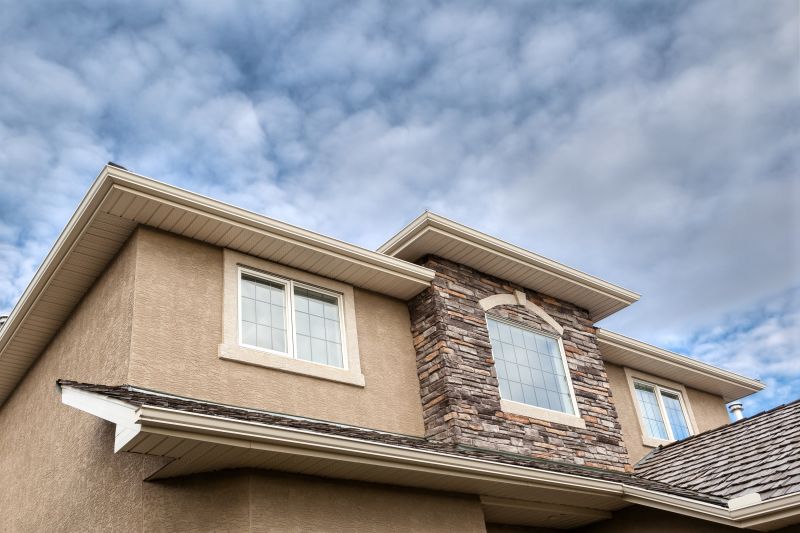
High-end options that actually feel worth it for Stucco Service.
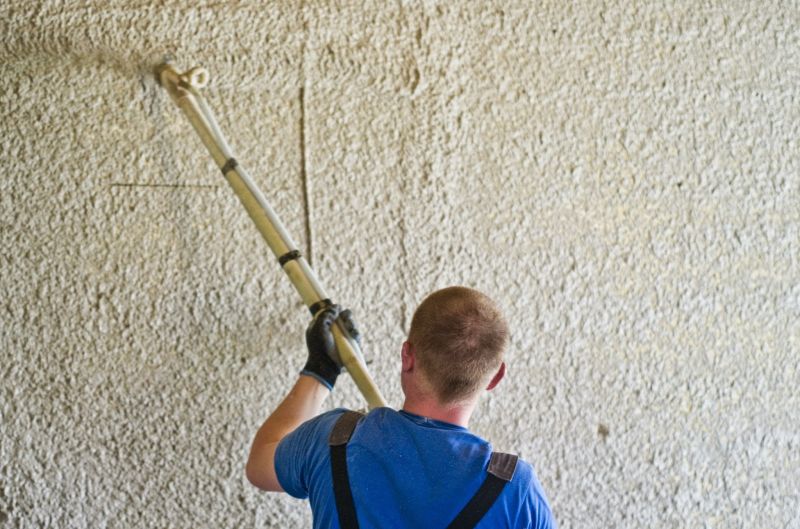
Finishes and colors that play nicely with Stucco Service.
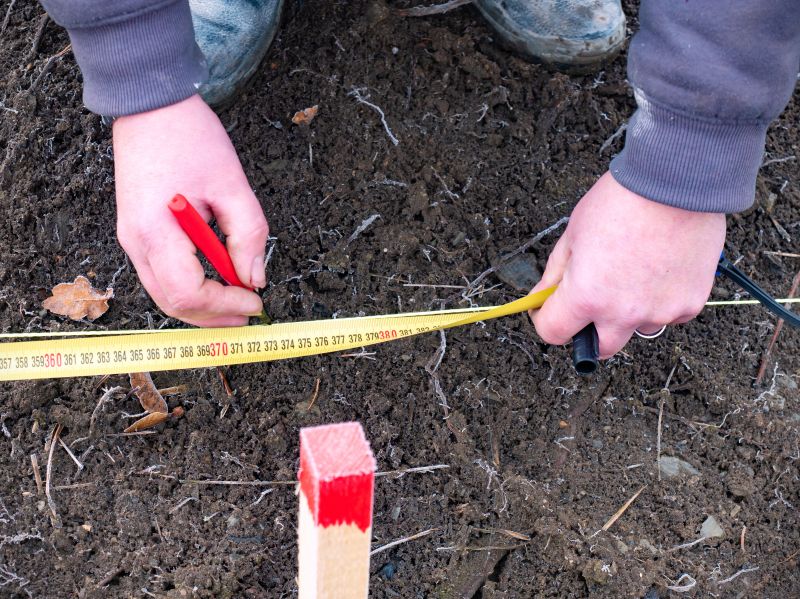
Little measurements that prevent headaches on Stucco Service day.
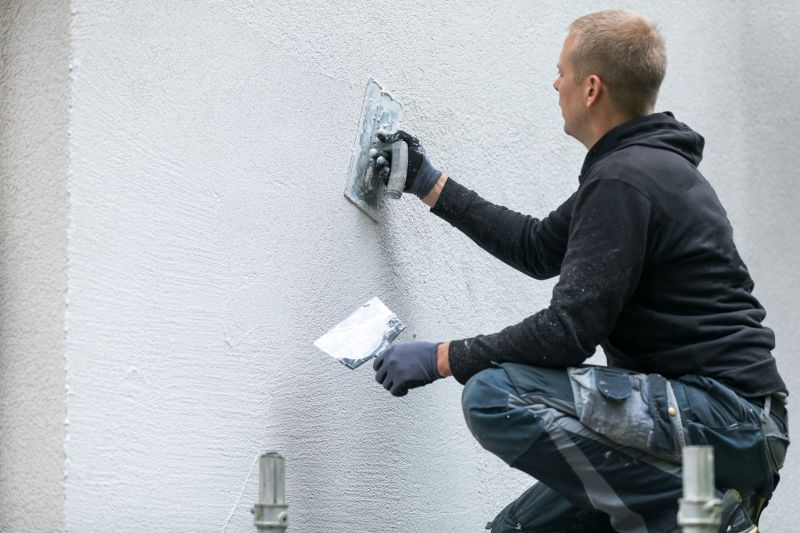
A 60-second routine that keeps Stucco Service looking new.
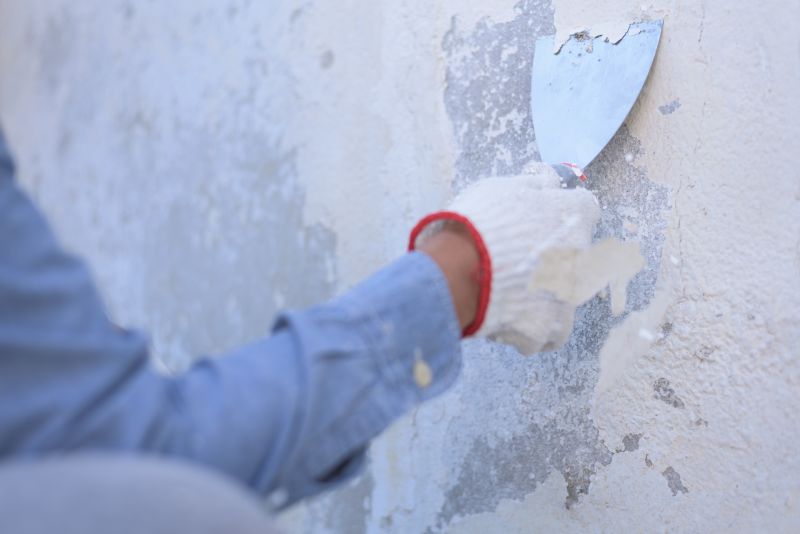
A frequent mistake in Stucco Service and how to dodge it.
| Season | Best Conditions for Stucco Service |
|---|---|
| Spring | Moderate temperatures and low humidity promote proper curing. |
| Summer | Ideal if temperatures are controlled; avoid peak heat. |
| Fall | Cooler temperatures and less humidity support curing. |
| Winter | Not recommended due to freezing temperatures. |
Stucco service involves applying a durable exterior finish to buildings, providing aesthetic appeal and weather resistance. Proper timing ensures the material adheres correctly and cures uniformly, extending the lifespan of the exterior surface. Seasonal considerations are critical; applying stucco during suitable weather conditions minimizes the risk of cracking, moisture intrusion, and other issues that can compromise the integrity of the finish.
Statistics indicate that improper timing can lead to increased repair costs and reduced durability. For example, applying stucco during extreme weather can result in up to a 25% higher likelihood of cracking or peeling within the first year. Planning around seasonal weather patterns enhances the quality and longevity of stucco installations.

Small tweaks to make Stucco Service safer and easier to use.

Lower-waste or water-saving choices for Stucco Service.
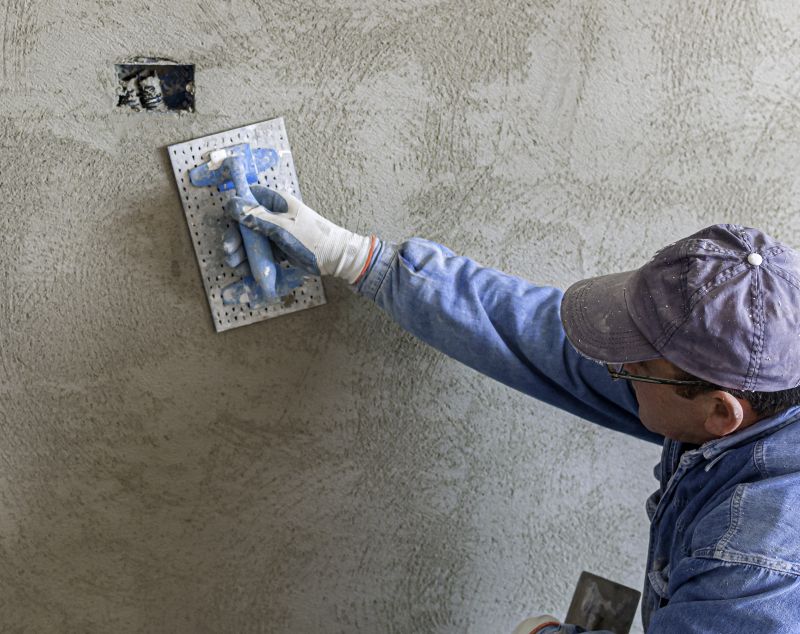
The short, realistic tool list for quality Stucco Service.

Rough timing from prep to clean-up for Stucco Service.
Individuals interested in scheduling stucco service are encouraged to contact for further guidance on the best timing for their specific project. Proper planning ensures the application process meets industry standards and achieves optimal results.
